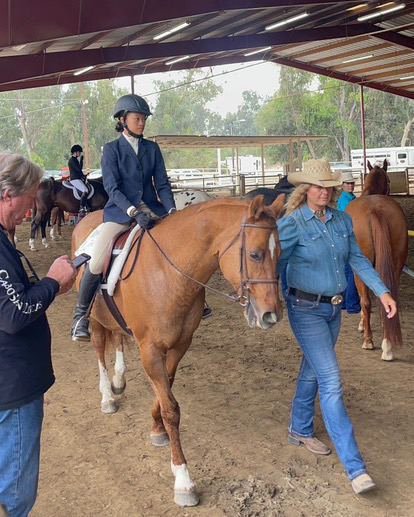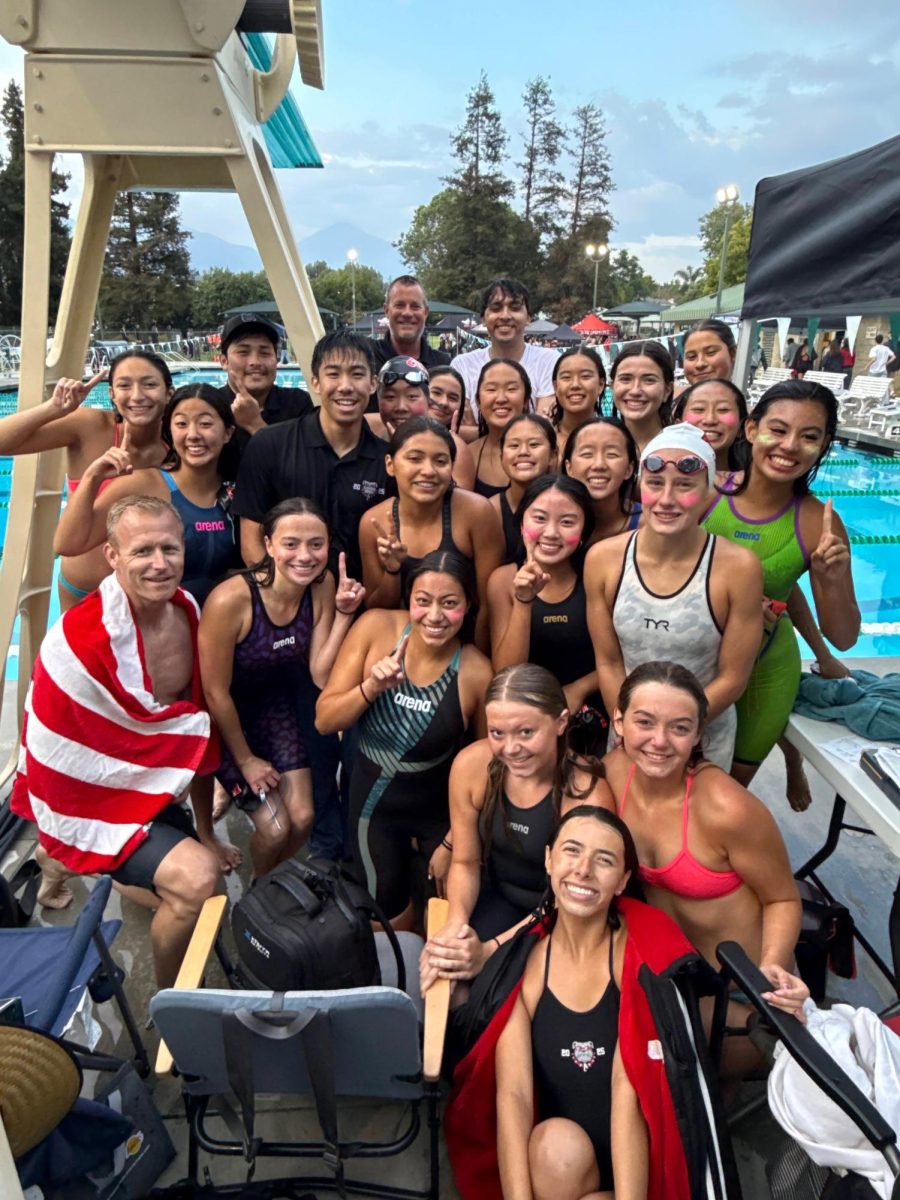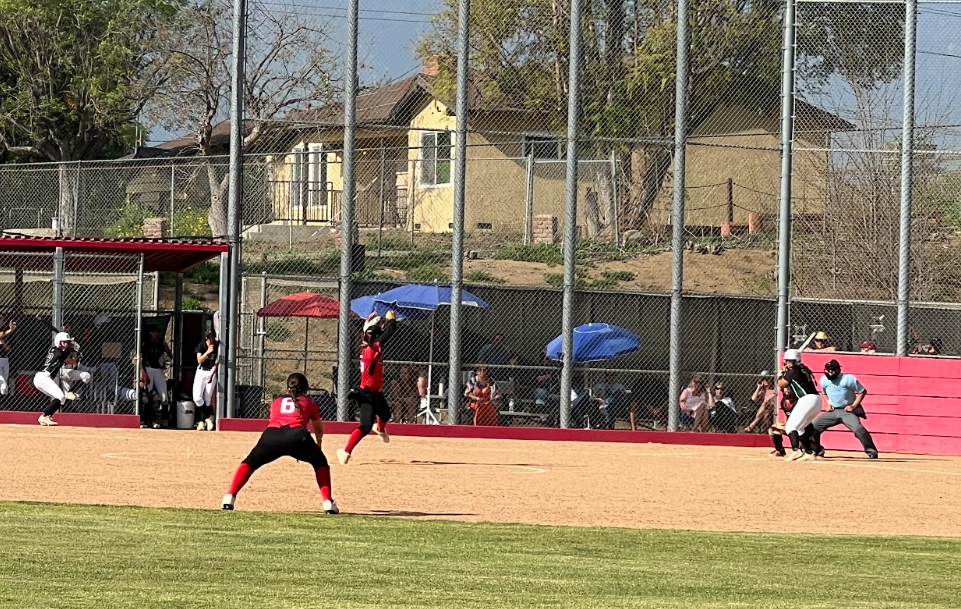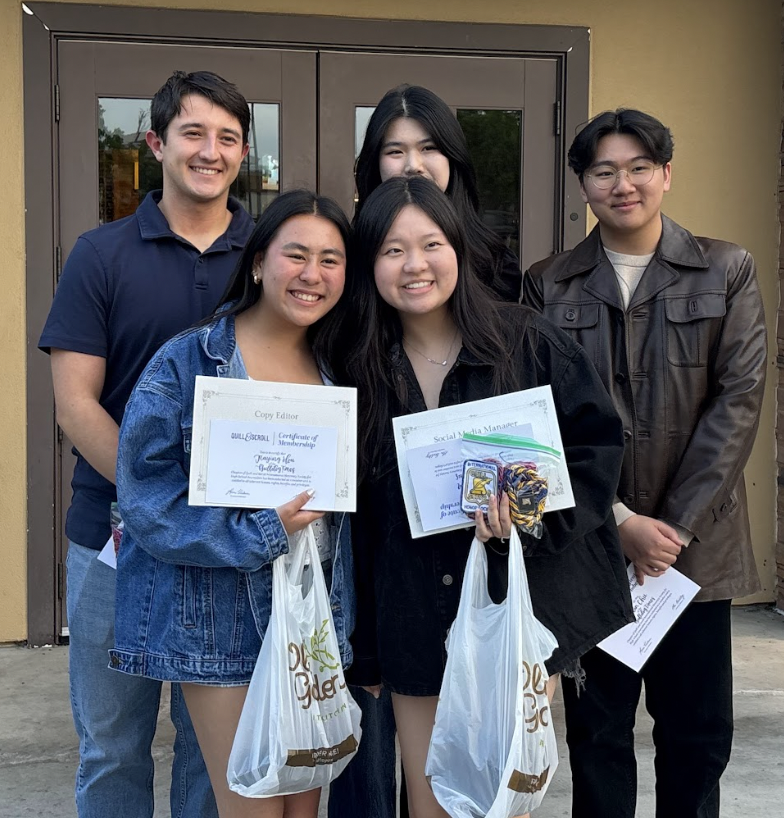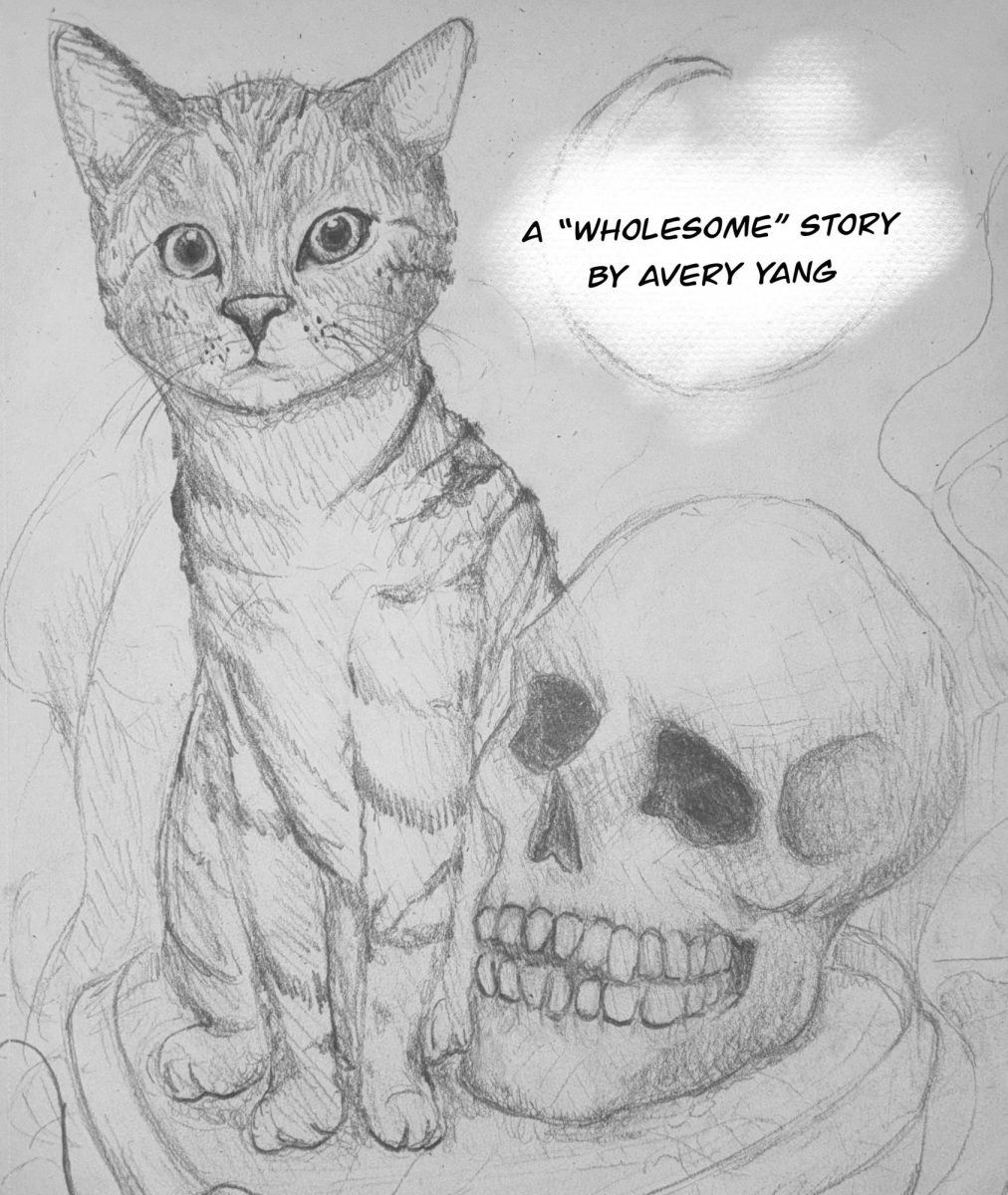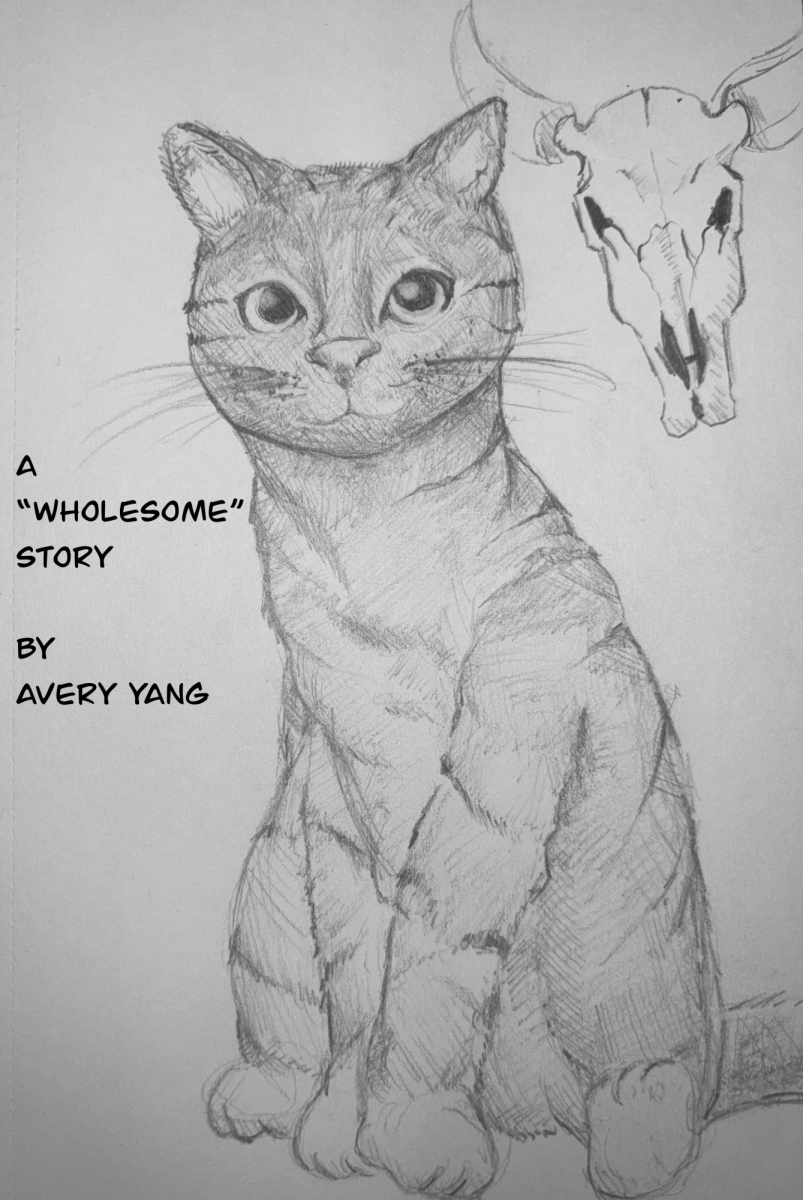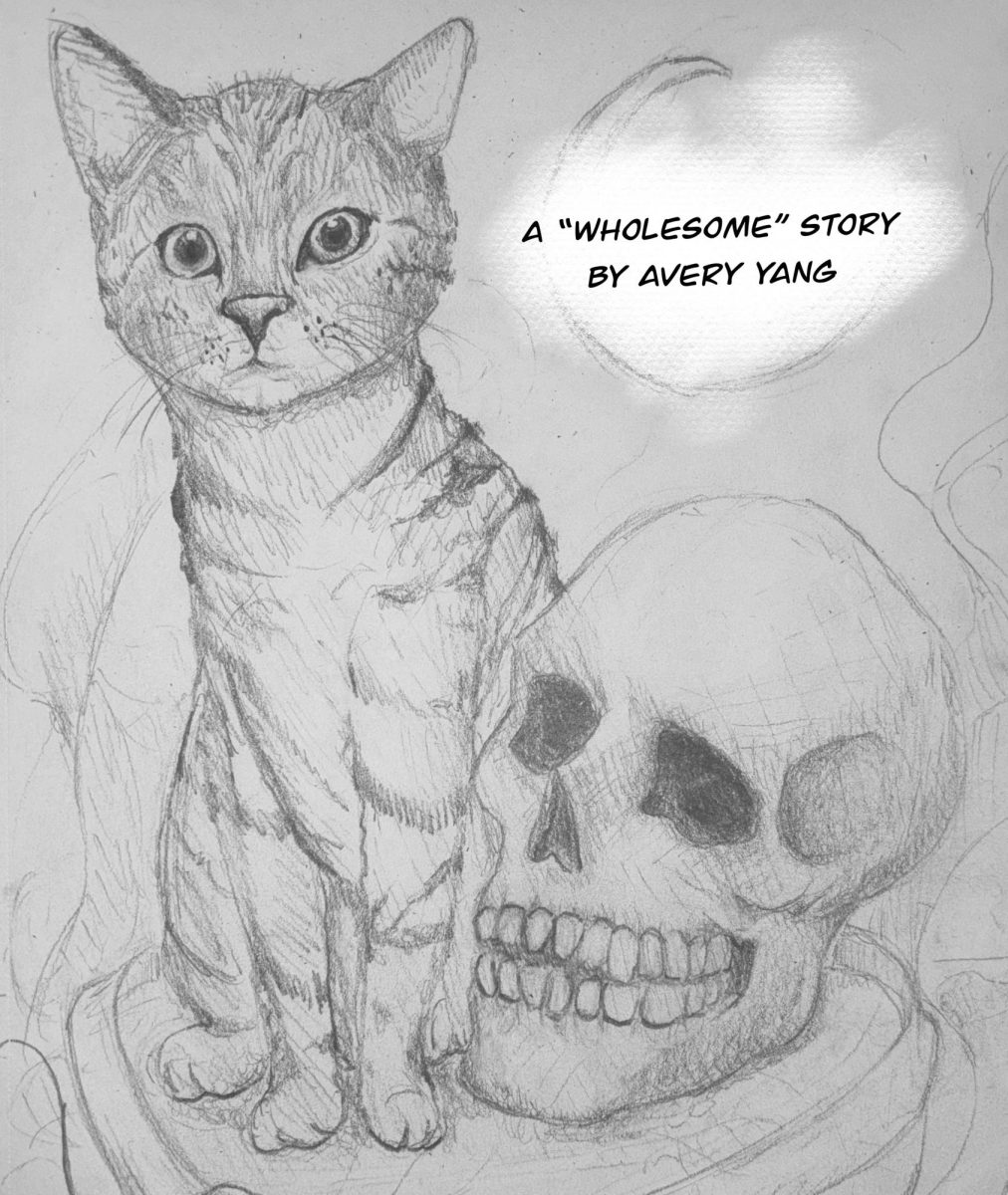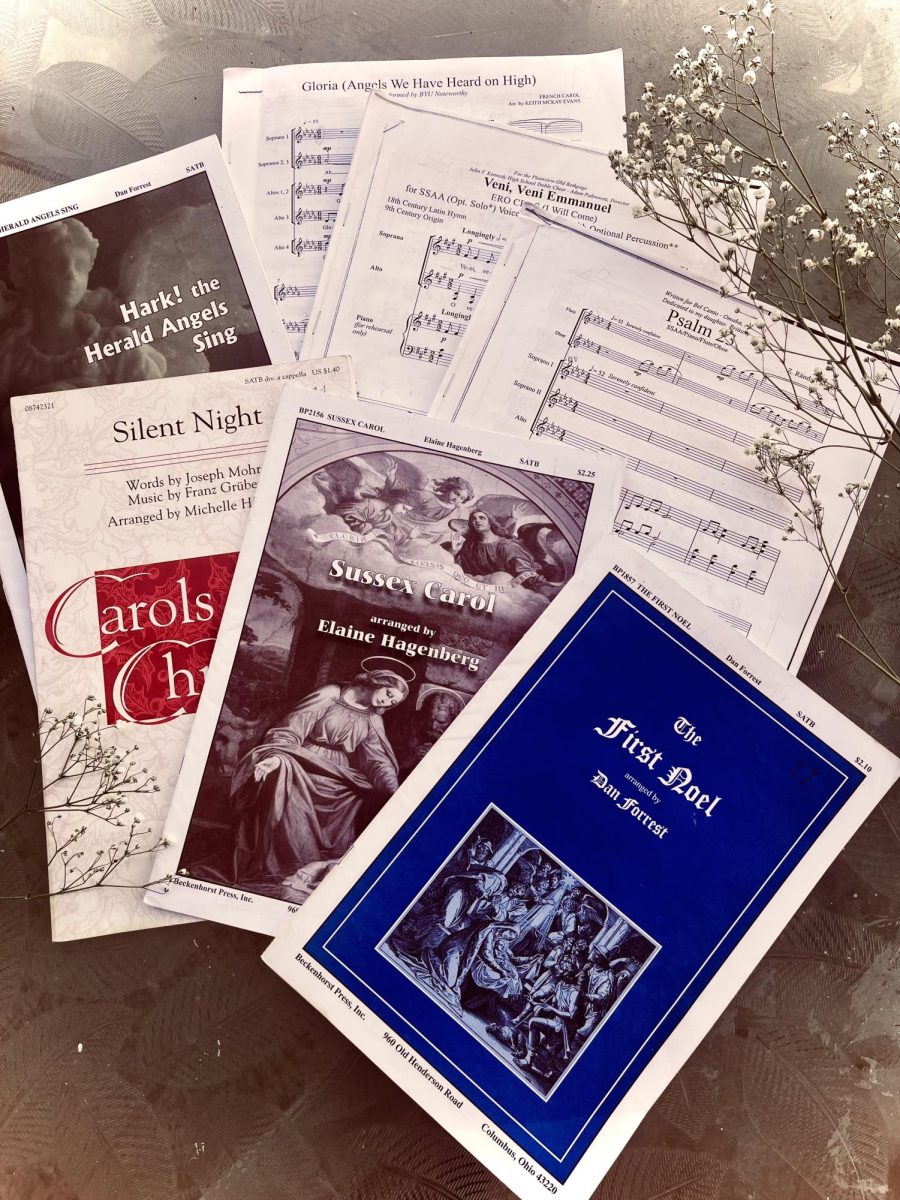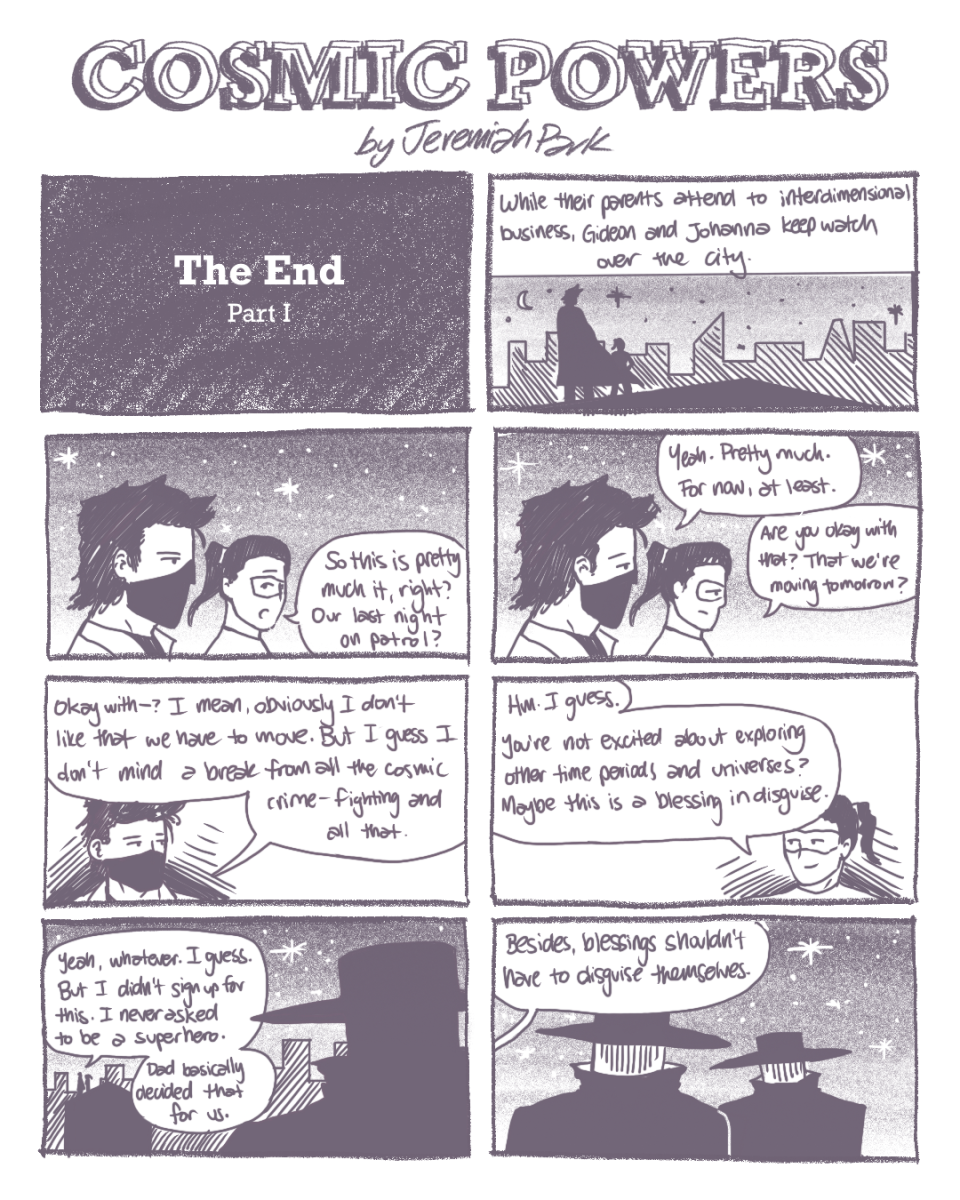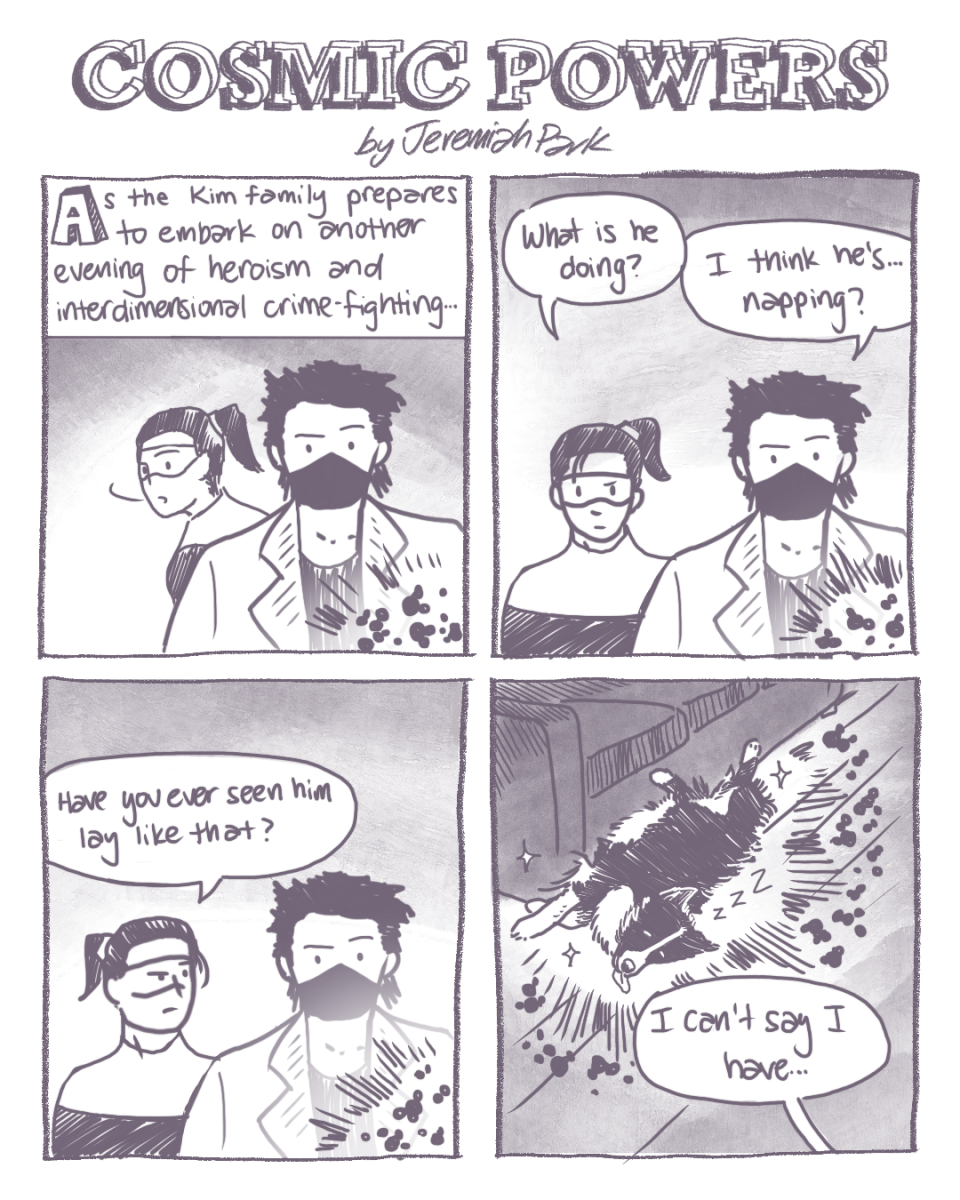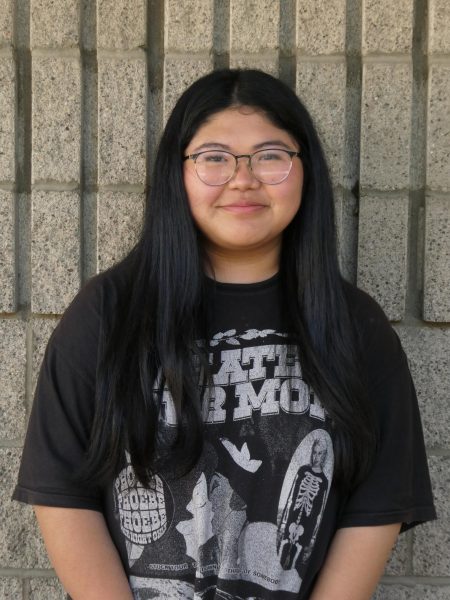As October unfolds, communities across the United States join in celebrating Filipino American History Month (FAHM), a time to honor the rich heritage and invaluable contributions of the Filipino American community. The significance of FAHM transcends geographical boundaries, but its resonance is deeply felt in places like Chino Hills, where local voices emphasize the importance of preserving their cultural roots.
FAHM has its roots in the rich history of Filipino Americans in the United States. It commemorates the first recorded presence of Filipinos on American soil, which occurred on October 18, 1587, when “Luzones Indios”—natives of Luzon, an island in the Philippines— arrived in what is now Morro Bay, California. The month-long celebration recognizes the enduring impact of Filipino Americans on the nation’s cultural, social, and economic fabric.
In 2009, the U.S. Congress officially recognized October as Filipino American History Month, a significant step in acknowledging the Filipino American community’s contributions. Various states, counties, and cities across the country have also proclaimed October as FAHM, reinforcing its importance.
FAHM is a special month dedicated to celebrating and recognizing the significant events and experiences that have left a lasting impact on Filipino American society and culture. It’s a moment to highlight the incredible triumphs and hard work exhibited by generations of Filipino Americans, tracing back to their ancestors. Moreover, it acknowledges the ongoing struggles and hurdles that systemic racism has placed in the path of Filipino Americans, serving as a testament to their hard work and determination.
Local Filipino Americans like Ginger Lim-Dimapasok, owner of Café 86, share their personal perspectives on FAHM. Lim-Dimapasok stresses the importance of FAHM in bridging the generational and cultural gap between American-born Filipinos and those with roots in the Philippines. For her, FAHM is a chance to reconstruct what it means to be Filipino for her children and the next generation.
“As a person in the diaspora, I think [FAHM] is very important to me because having children who are American-born and bridging the gap between what they know to be Filipino and what I know as Filipino is so important,” Lim-Dimapasok said.
This belief extends to students at Ayala as well, with Jeree Apan (9) expressing her deep connection to her Filipino roots.
Growing up, Apan learned Tagalog and was exposed to Filipino culture through her mother’s traditions, and while FAHM may not have been on Apan’s radar until recently, she believes that celebrating Filipino heritage should be a year-round endeavor.
“October is a time to celebrate Filipino-American heritage, but that doesn’t mean that spirit has to go away on November 1st,” Apan said.
Janelle Medina (11), Philippine United Student Organization (PUSO) Club President at Ayala High School, plays a pivotal role in promoting Filipino culture within the school community. Her club’s mission is to create a welcoming space for those interested in Filipino culture and to make cultural education relatable through students’ existing interests and hobbies.
“For this club, I wanted to create a community between not just everybody who is Filipino, but everybody else who is interested in our culture,” Medina said. “[PUSO is] to provide that kind of information and safe space to let [members] have fun and accept their culture and to those unfamiliar, present our culture in a way that people can easily understand.”
FAHM is not just about commemorating the past; it’s about building bridges to the future. It’s about preserving traditions, fostering unity, and creating awareness. It’s about connecting generations and cultures, as seen in the experiences and perspectives of individuals.
While October is designated as FAHM, the spirit of celebration, education, and cultural appreciation carries forward throughout the year, bridging cultures and generations with a sense of unity and pride.


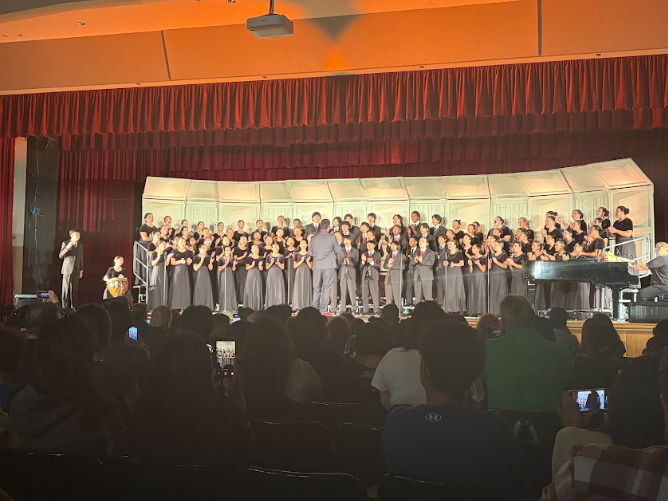
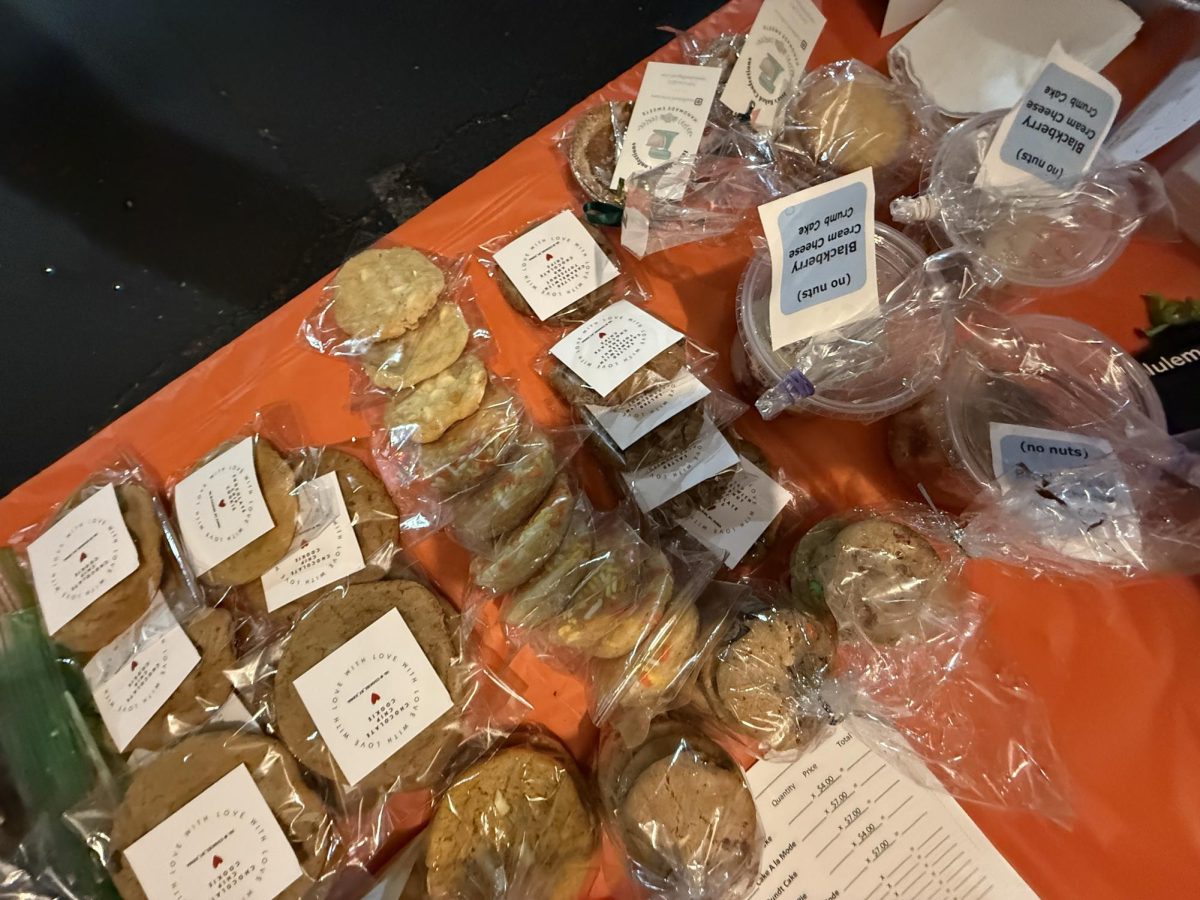


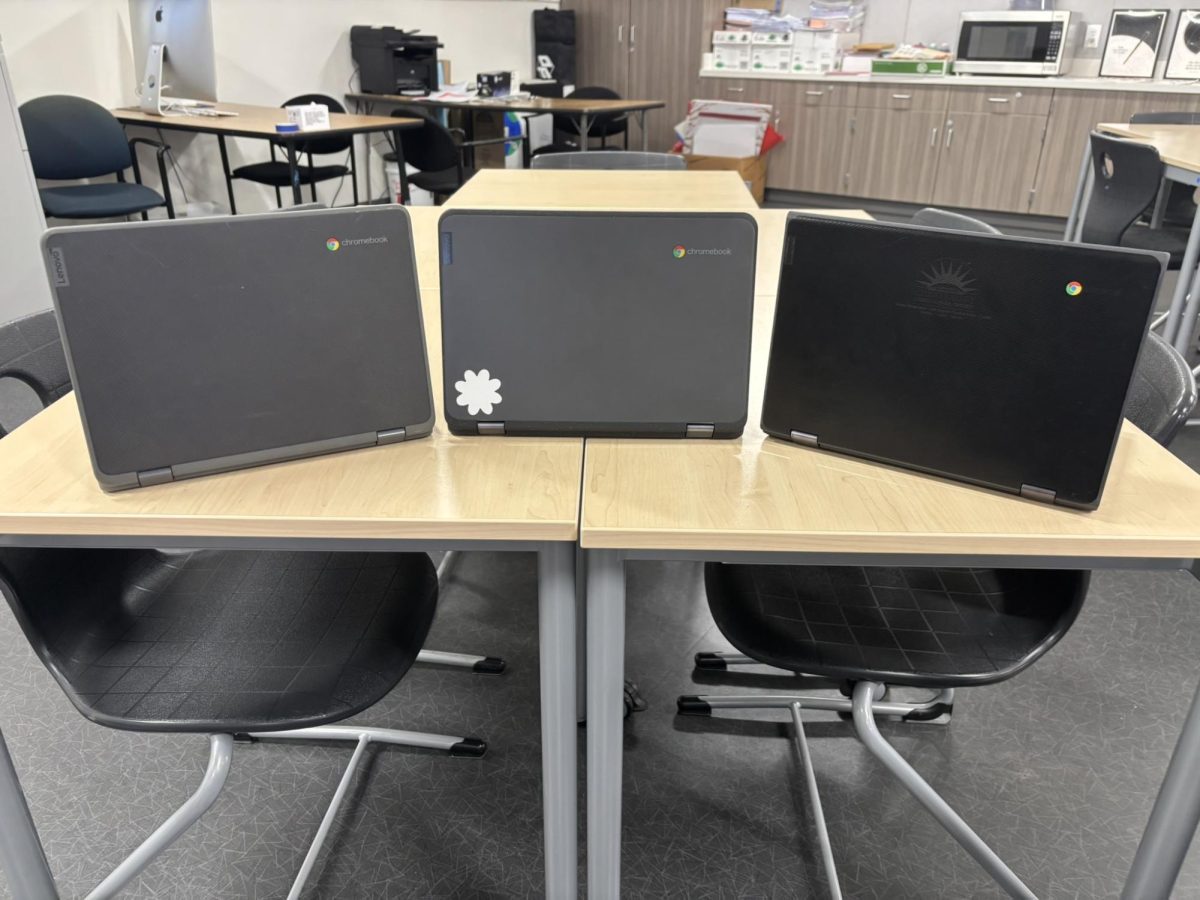

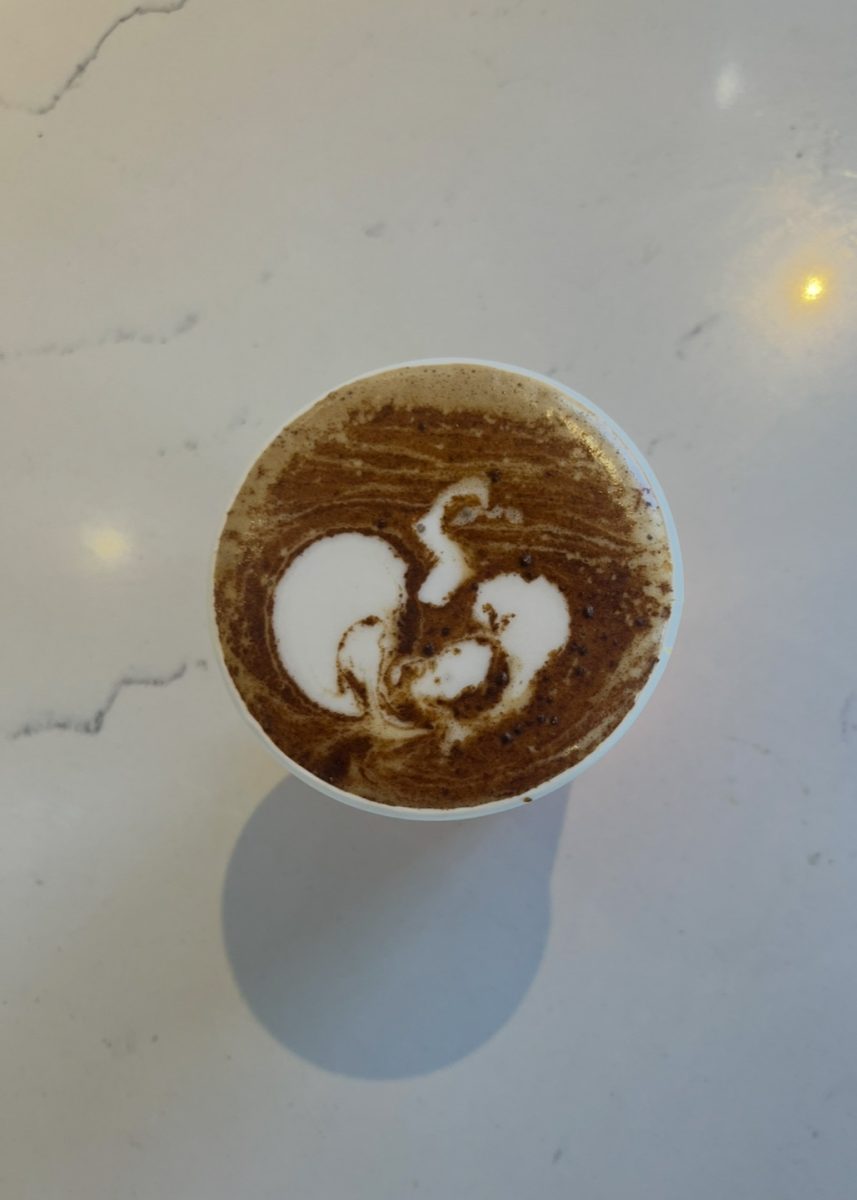
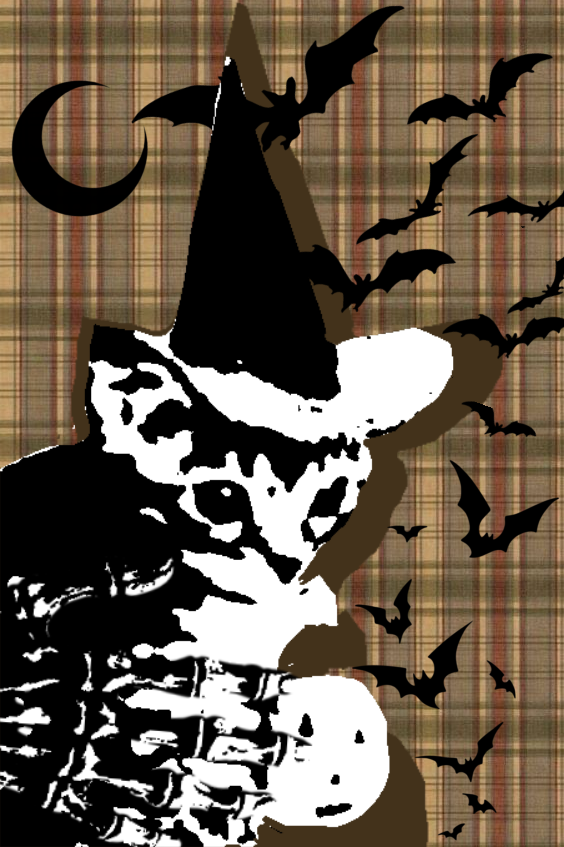
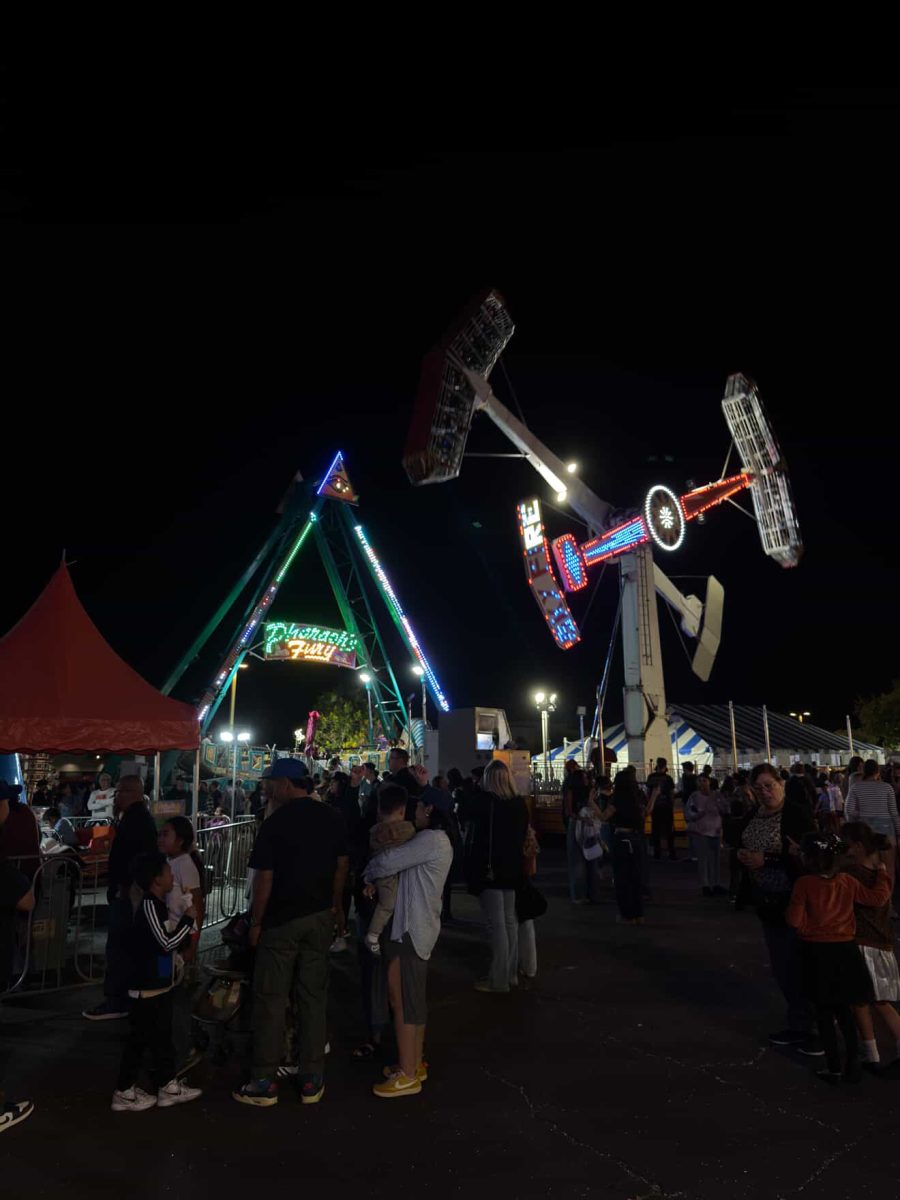
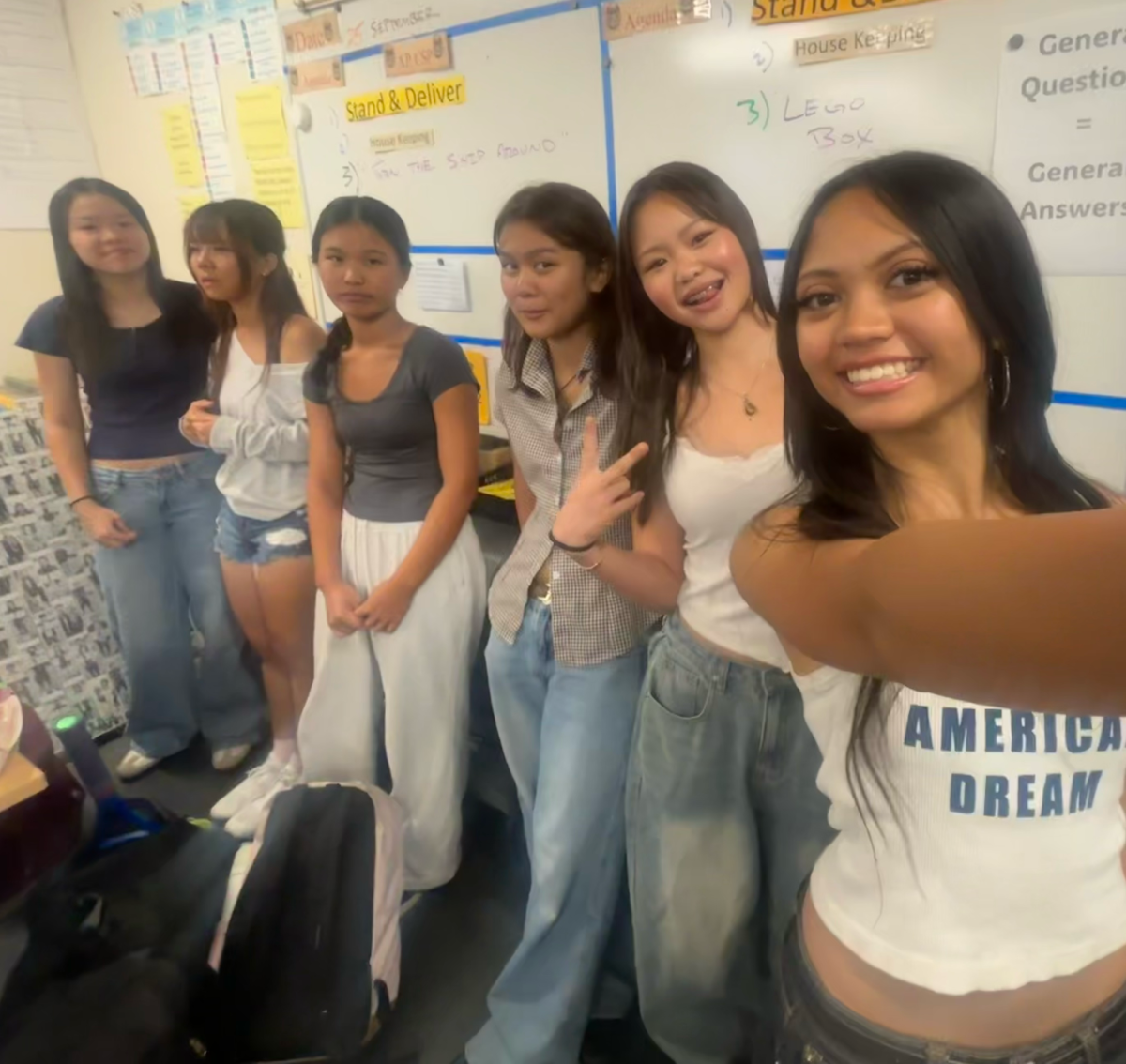










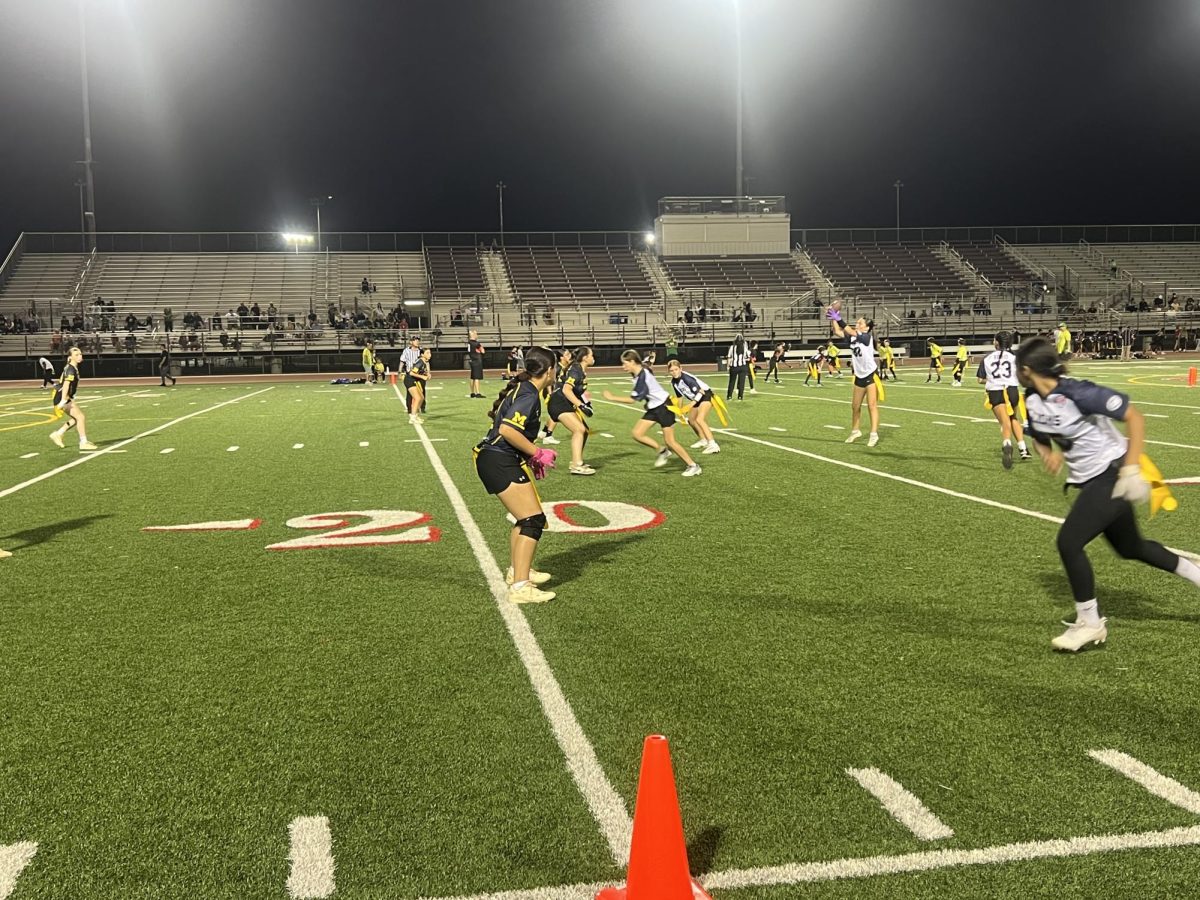

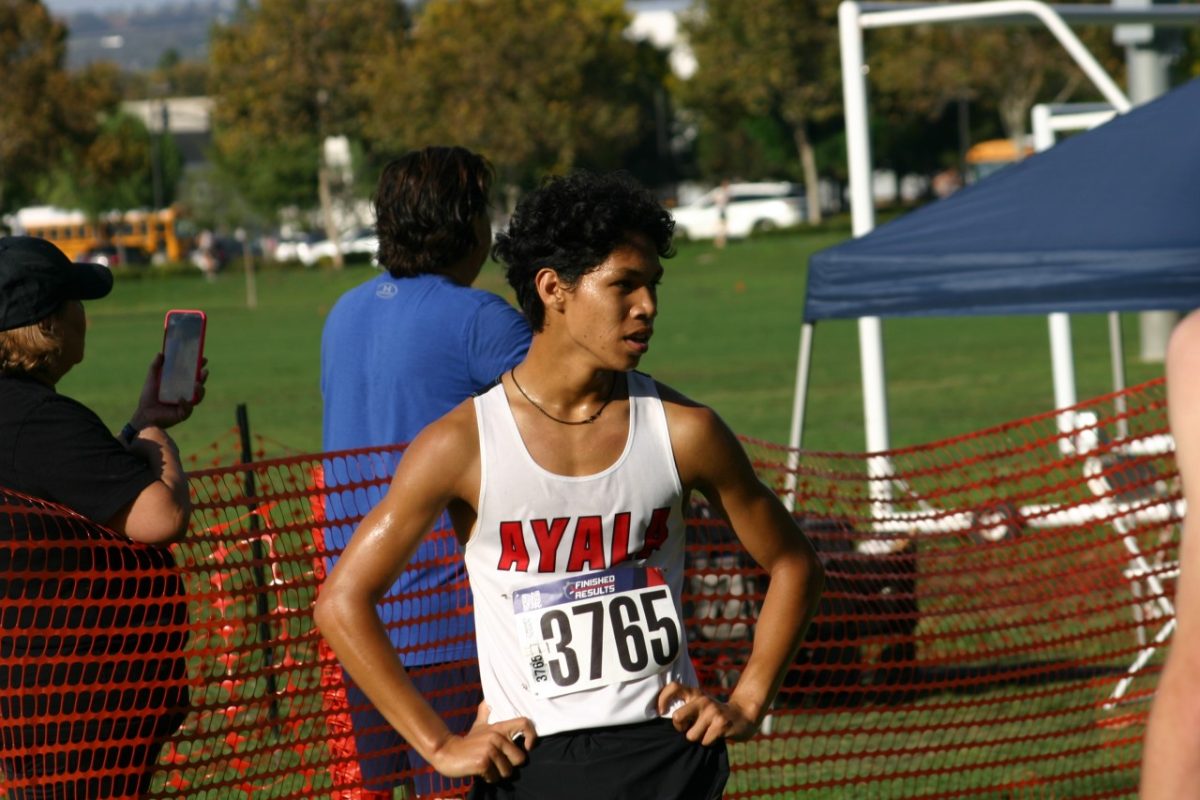
![“I'd say [this season was] successful because I didn't really think I was going to really play much because I'm a freshman. But my coaches took the time and believed in me,” Jonah Boyd (9) said. As a freshman, Boyd has already achieved great success during his first year on the boys Varsity baseball team.](https://ayalabulldogtimes.org/wp-content/uploads/2025/05/IMG_1598-1.jpeg)

